Studying in Japan
With Japan reopening its borders recently to students after more than 2 years of no entry, there’s no better time than now to consider studying in the country. From types of scholarships available to fund your studies to everyday life in Japan, our guide will help you navigate through the sea of information.
For more Japan-related guides, check out:
- All you need to know about convenience stores in Japan
- Comprehensive guide to Japan shrines
- How to get from Narita Airport to Tokyo with public transport
Pre-departure matters
1. Deciding on the school
 Pastry school in Nagoya.
Pastry school in Nagoya.
Image credit: Nagoya NSC College
Before anything, you must first decide on where to pursue your higher education. Some options you can explore include study abroad programs, universities, Japanese language schools, and vocational schools.
Unless there are courses catered for foreign students, most vocational schools and universities require a JLPT certification to ensure that applicants have the necessary language skills to study at the institutions. Most universities even require applicants to pass the EJU, a standardised admission test.
To find university courses – both undergraduate and graduate – that are conducted in English, the Japan Study Support website is a great place to start. It also has admission details and information about each course – taken directly from the universities’ official admissions website – in both English and Japanese.
2. Scholarships available
 Image credit: DuoNguyen
Image credit: DuoNguyen
Studying abroad can cost a bomb. Fortunately, international students are eligible for many scholarships offered by the Japanese government.
One of the most prestigious and fully funded scholarships is the Monbukagakusho Scholarship, or MEXT for short. Successful applicants can study at a Japanese university of their choice for 1 year, with their tuition fees, return flights, and monthly stipends (¥117,000, ~USD877.70) covered.
Offered by the Heiwa Nakajima Foundation, the Invited Foreign Scholarship Student Program also provides generous financial aid monthly (¥117,000, ~USD900), though it is only limited to undergraduate students majoring in Japanese Studies at a designated foreign university.
For international students on exchange programs, the Student Exchange Support Program offered by JASSO (Japan Student Services Organisation) offers an allowance of ¥80,000 (~USD600.17) every month. However, the applicant has to be accepted by the Japanese host school first.
3. Applying for a student visa
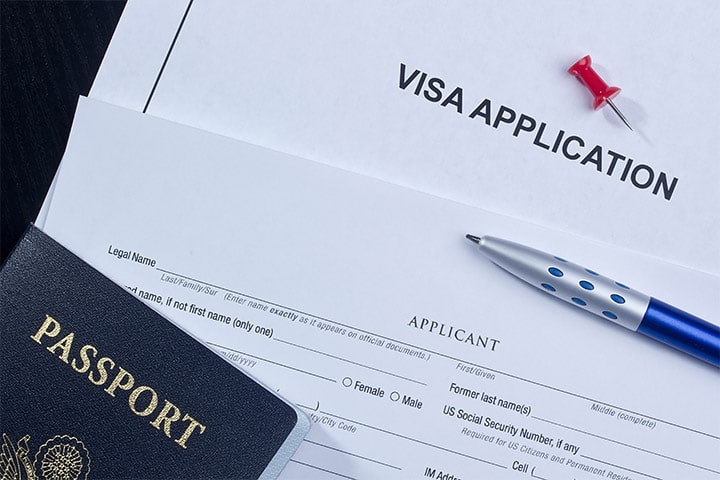
Image credit: NILS Japan
Studying in Japan requires a student visa, which can be obtained through the school you’ll be attending. It is mandatory to first be accepted by a school in Japan. After which, the school will have to act as your sponsor and apply for the Certificate of Eligibility (COE) and Entrants, Returnees Follow-up System (ERFS) on your behalf.
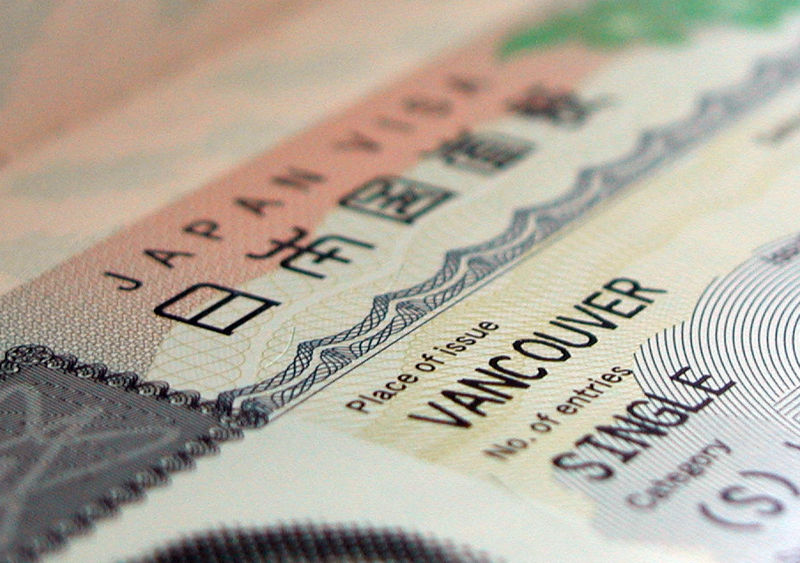
Image credit: Wikimedia Commons
Both documents certify that the applicants have met all the requirements needed to reside in the country. Upon a successful application, you should receive the certification. Submit them, along with other necessary documents, to your nearest Japanese embassy to apply for the student visa.
More details on the entry procedures in the pandemic era can be found here.
4. Amount of money to prepare
 Image credit: Johnnys_pic
Image credit: Johnnys_pic
Whether it’s the upfront payment for your housing or buying daily necessities, you’ll need to fork out quite a sum of money during your first few weeks in Japan. As such, we recommend that you bring at least ¥200,000 (~USD1497.62) in cash to tide you over initial big-ticket expenses.
Though international ATMs can be found in major airports and convenience stores, the high transaction fees and low exchange rates are costs that will hurt your wallet.
However, don’t bring more than ¥1,000,000 (~USD7,487.20), or you’d have to declare them during customs.
5. Deciding on your housing
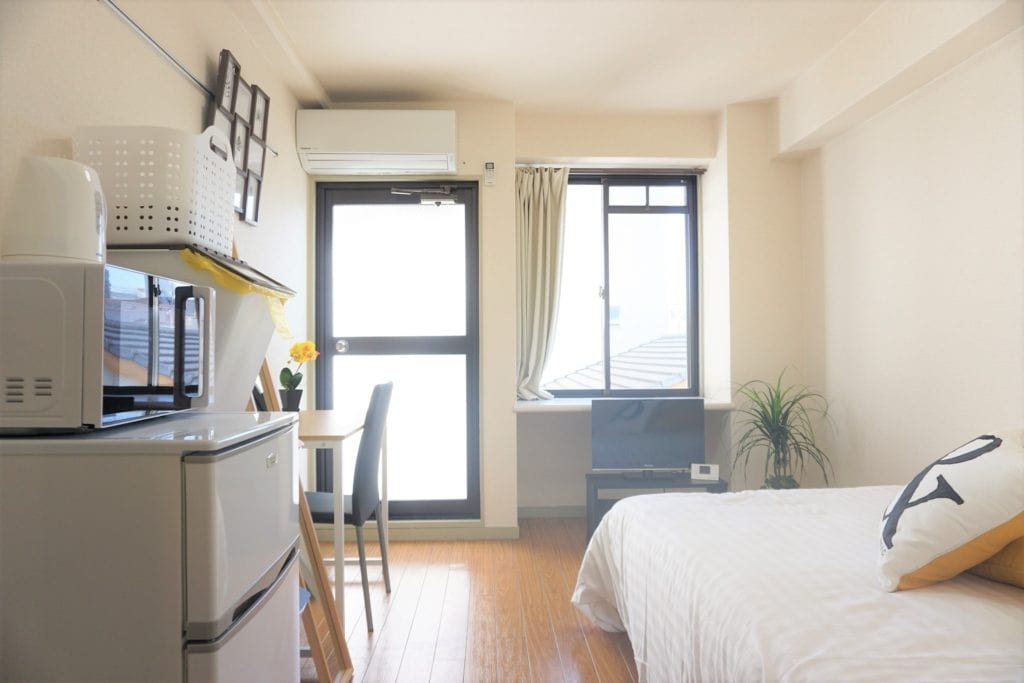 Image credit: Kyoto Apartment KOWA
Image credit: Kyoto Apartment KOWA
Renting private apartments as a foreigner can be an arduous process, so international students are encouraged to stay in either the school’s dormitory or shared houses. While hostels are convenient options that can be applied for alongside enrolment procedures, they tend to be competitive and hence, a spot might not be guaranteed.
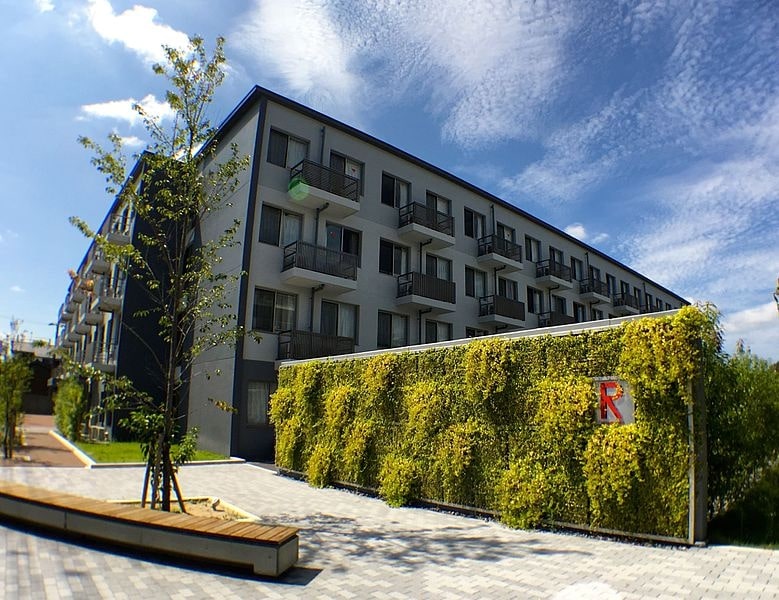
Dormitory in Ritsumeikan University International House Taishogun, Kyoto.
Image credit: Wikimedia Commons
For those partial to communal living, shared houses are a good alternative. As they typically come fully furnished and with well-equipped communal facilities, you get to save on additional expenses that come with the move.
And if you’ll be in Japan for a few years and would prefer to get private accommodation, consider moving into a shared house temporarily while you house hunt. Most real estate agencies will only work with clients who are physically in Japan.
6. Permit for personal medication & devices
 Image credit: stevepd
Image credit: stevepd
Those who require medical devices or need to bring along more than a month’s worth of prescription medication need to apply for the yunyu kakuninsho (輸入確認書) before coming to Japan.
To apply for the permit, you email the necessary documents – completed application form, flight itinerary, and a doctor’s note – in advance to the relevant authorities of the airport where you’re landing. It takes at least 3 working days to be processed, so be sure to account for enough time before your flight.
Upon approval, a certified permit will be issued. Bring along the hard copy and declare your medication during customs clearance.
Settling in and everyday life in Japan
1. Registering your address at the local ward office
 The local ward office in Hikone City, Shiga Prefecture.
The local ward office in Hikone City, Shiga Prefecture.
Image credit: Hikone City
Once you’ve settled down and moved into your accommodation, register your residential address at your local ward office. This has to be done within 14 days after your arrival in Japan. Without it, you cannot set up a bank account or phone line.
During customs clearance, you’d be given a residence card (在留カード; zairyū kaado), which serves as an identification card. Bring that and an inkan (印鑑; personal stamp) – if you have one – to the designated ward office in your neighbourhood. Let the staff know that you’re here for resident registration (住民登録; jyūmin tōroku) and a form will be given to you.
Once the administrative matters are processed, the back of your residence card will be stamped with your address. Make sure it’s correct before leaving the ward office.
2. Mandatory national health insurance system
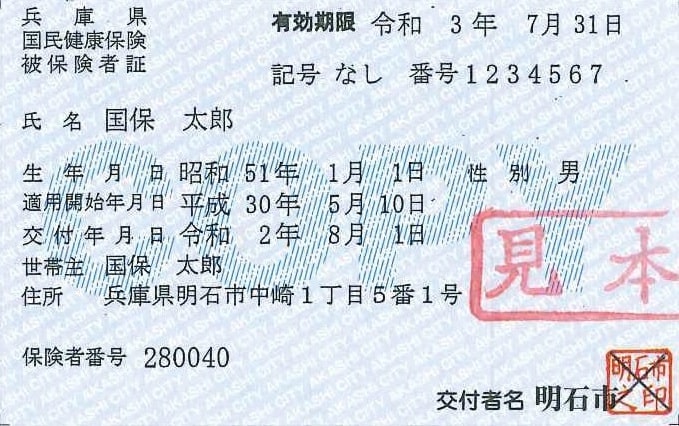
Sample of the National Health Insurance card.
Image credit: Akashi City
Besides registering your address, international students who reside in Japan for more than 3 months are required to enrol in the National Health Insurance (国民健康保険; kokumin kenkō hoken) scheme. It is a compulsory national insurance scheme that covers 70% of any medical cost incurred.
Insurance premiums are calculated based on the individual’s income from the previous year. For the first year, foreign students will be charged the basic level as they have no prior income record in Japan. A National Health Insurance card should arrive in your mail a few days after enrolment – carry it with you at all times as you’ll need it to get subsidised rates at medical establishments.
Payment slips will also be sent to your address a few weeks later, and you can make monthly payments at a bank counter or convenience store.
3. MyNumber
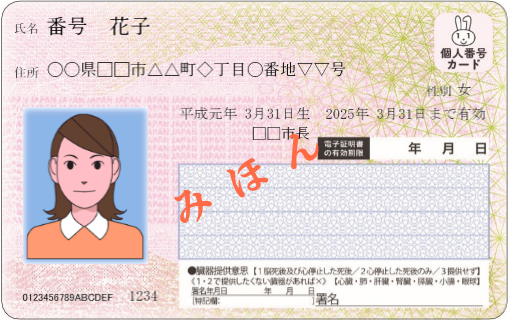
Sample of a MyNumber card.
Image credit: Kazuno City
Along with your National Health Insurance card, you should receive a notice (個人番号通知書; kojin bangō tsūchi sho) with your MyNumber, a unique 12-digit ID number that’s issued to all registered residents in Japan. While it’s not compulsory, you can apply for a MyNumber Card using the notice or via the QR code printed on it.
Having a physical MyNumber Card can be useful as it acts as an identification card for various online application processes, and it allows you to obtain government documents at the convenience store instead of having to drop by the ward office.
4. Creating a personal stamp
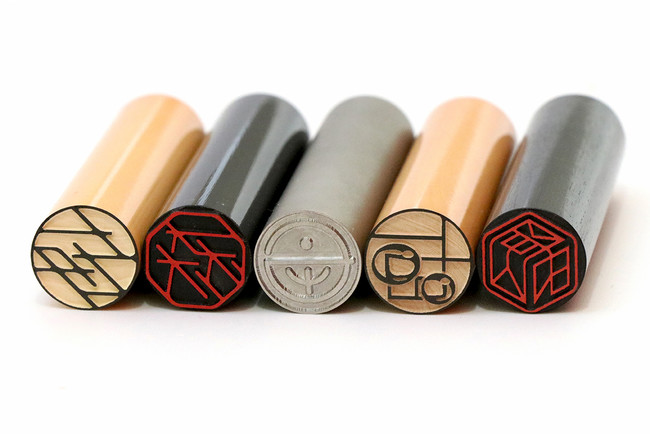
Image credit: PR Times
Hanko (はんこ) or inkan (印鑑) translates to “personal stamp”, and it’s used ubiquitously in place of signatures in Japan. From registering at the ward office to creating a bank account, personal stamps are indispensable in daily life in Japan. Though signatures are becoming increasingly common in Japan, getting your hands on one will make your life easier.
Although there are ready-made ones at 100-yen shops, foreigners will likely have to order a custom-made stamp. Choose a part of your name – usually your family name – and translate them into katakana or kanji. Orders can be placed via online hanko shops, and prices start from ¥1,370 (~USD10.19).
As you may need to carry it around, a hanko case will come in handy. They can be found in most 100-yen shops, and are often attached with a small ink pad for your convenience.
5. Setting up a phone line
 Image credit: Jonas Leupe
Image credit: Jonas Leupe
When it comes to phone plans, it’s always a good idea to get one with a Japanese mobile number. You’ll need it to receive verification codes via SMS, or make phone calls for reservations at restaurants.
Though there are many providers in Japan’s telco scene, one of the cheapest and most value for money is Linemo, which provides 3GB of data for ¥990 (~USD7.38) per month. Unlike many of its competitors, Linemo doesn’t charge a sign-up fee nor cancellation fee, which means you won’t be caught off guard by a fat bill.
For a higher data allowance, consider BicSim, which charges ¥2,000 (~USD14.90) for 20GB of data. Application can be done completely online, and your SIM card will be sent to you a few days after.
Unless absolutely necessary, avoid getting a phone in Japan as all smartphones come with an in-built shutter sound that cannot be switched off.
6. Opening a bank account
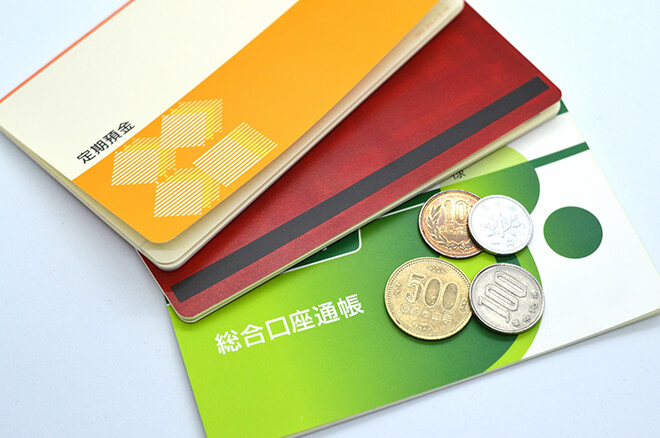
Image credit: Sumitomo Mitsui Card
Foreign students will be asked to open a local bank account as you’ll need one to pay for dormitory fees, and your scholarship allowance is typically deposited in the account.
But fret not, opening a bank account in Japan is less intimidating than it sounds. Simply bring your residence card and hanko to your nearest bank, inform the staff that you’d like to open a bank account (銀行口座; ginkō kōza), then fill in the necessary forms.
Decide on a 4-digit PIN number, and you’d be given a bank book (通帳; tsūchō) that can be used to withdraw and deposit money temporarily. A bank card will be mailed to you in a few weeks.
Be careful of the transaction fees incurred for withdrawing money outside of working hours, as well as bank transfers. Every bank has different fees and a window to withdraw money for free, so check with your bank beforehand.
7. Going cashless in Japan
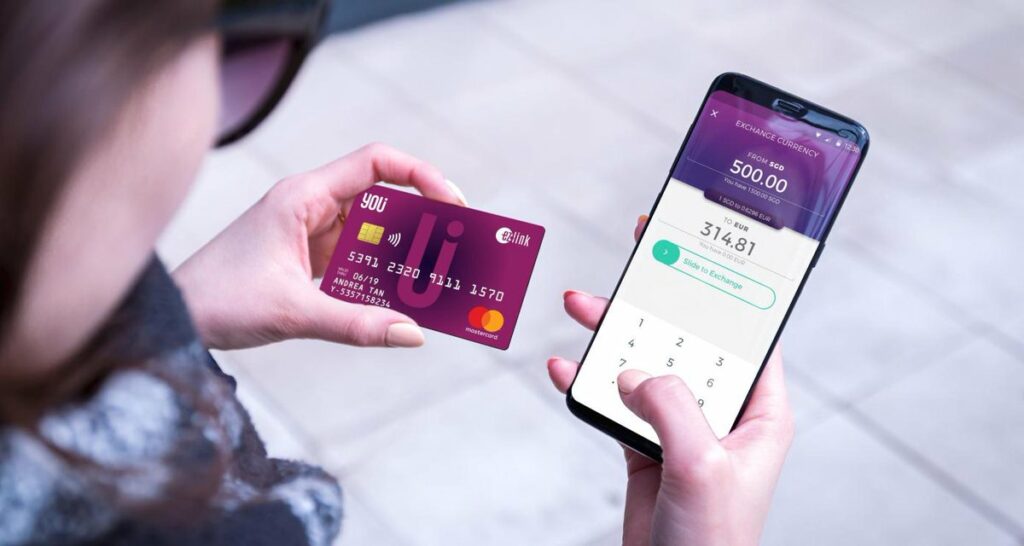 Image credit: @YouTripSG
Image credit: @YouTripSG
Japan is by and large a cash society, but cashless payments are becoming increasingly common especially in chain stores, supermarkets, and convenience stores.
Prior to your move, consider setting up a multi-currency or prepaid account such as YouTrip or Revolut. Offering competitive exchange rates, these prepaid debit cards allow you to exchange currency within their apps, which in turn can be swiped online or in-stores with zero transaction fees.
You can even withdraw money from international ATMs located in convenience stores, with a small fee incurred.
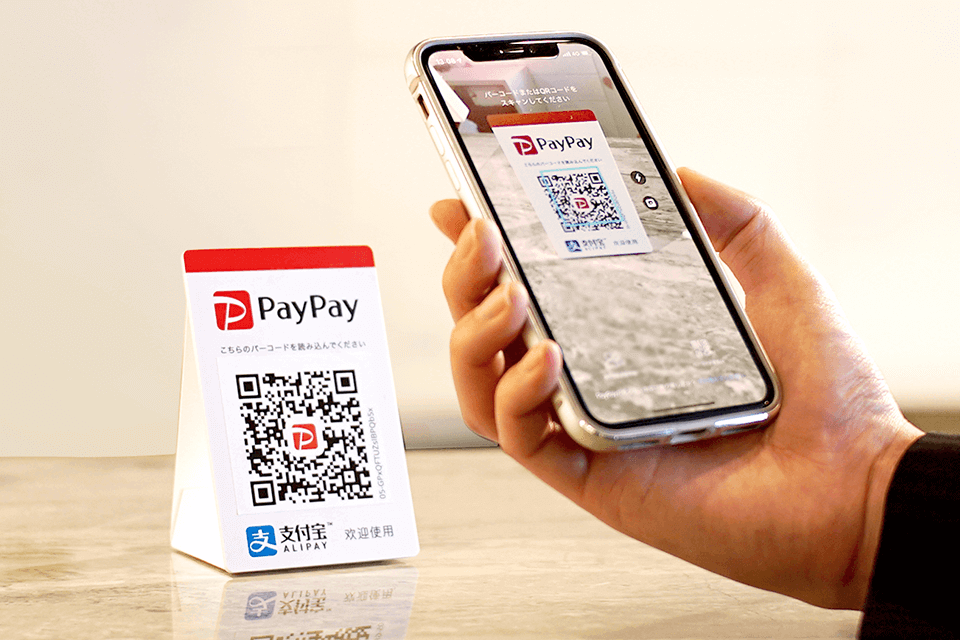 Image credit: PayPay
Image credit: PayPay
Another popular digital payment method is through QR codes, and the most well-known players in the market are PayPay and LinePay. Instead of fishing for coins frantically with a queue snaking behind you, you just need to scan the code displayed at the register and the amount will be deducted from your digital wallet.
Anyone with a Japanese phone number can register for an account. There are several ways to load your account. But for foreign students who don’t have a Japanese credit or debit card, the easiest way is to deposit cash manually into your account via the ATMs in 7-Eleven or Lawson.
8. Getting stopped by the police
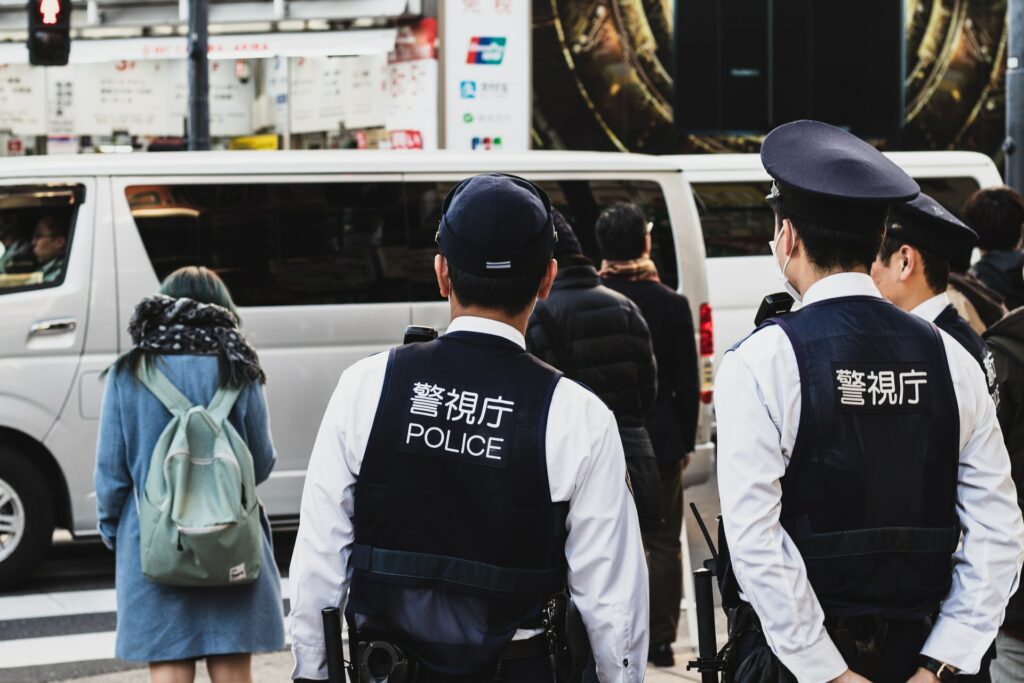 Image credit: Adrien Bruneau
Image credit: Adrien Bruneau
You may have heard horror stories of foreigners getting stopped by the police in Japan. While this may seem shocking and unjust, know that Japanese people are also randomly stopped randomly by the police for routine checks.
As the police are tasked with handling petty thefts such as bike thefts, and sometimes more serious matters like illegal immigration, it’s not unusual to be stopped for a spot check while you’re walking on the street. Carry your residence card with you at all times as you’d be asked to produce it. Without it, you may be chaperoned to the police station.
9. Living with natural disasters

Image credit: Pasona
Japan has a long history of natural disasters, so living in Japan means that you have to be prepared for catastrophes, such as earthquakes and typhoons, that may happen at any time. Thankfully, the disaster-prone nation has well-equipped infrastructure to reduce the damages whenever a natural disaster hits.
Disasters are inevitable. Be prepared as best as you can by keeping on hand at least 3 days’ worth of nonperishable food and water supply, as well as a first aid kit and any prescription medicine you’re taking. Take note of the evacuation centres and escape routes that are designated in your neighbourhood so that you can remain calm even when disaster strikes.
10. Disposing of rubbish and recycling
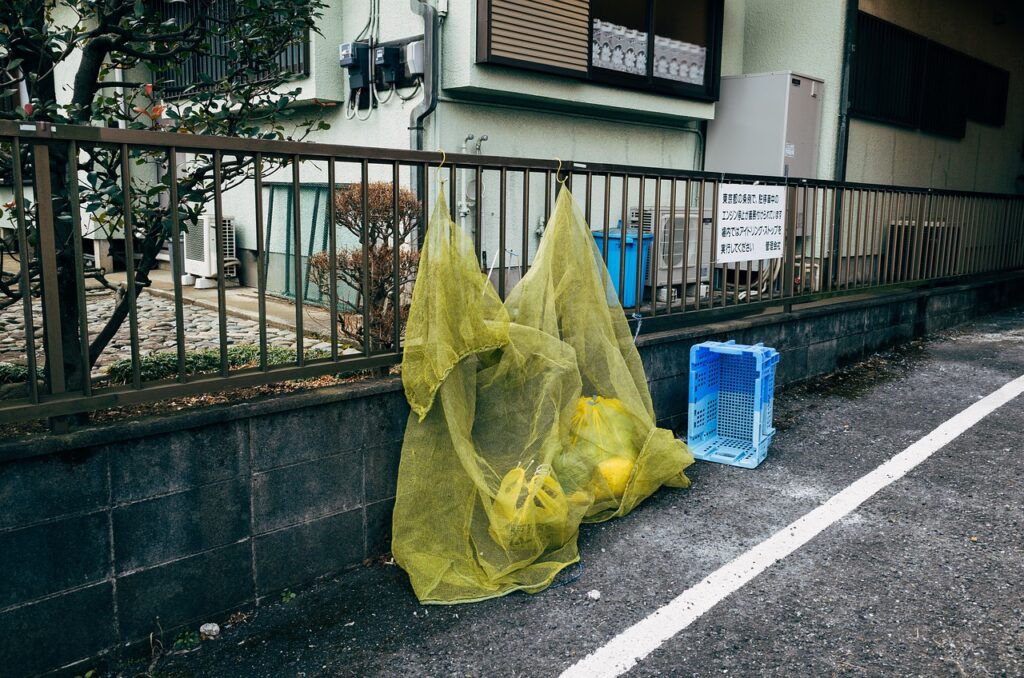
Image credit: viarami
Taking out the trash in Japan can be a complicated affair. Besides sorting them into different categories, you also have to abide by the trash collection schedule and make sure not to throw the wrong type of rubbish on the wrong day.
In general, food waste is separated from recyclables such as cans and plastic bottles. Based on your municipality, the categories and collection schedule will differ wildly, so look it up online before you bin anything. With that, all that’s left to do is to bring your unwanted waste to the designated collection spot located in your residential area.
An in-depth guide on trash sorting and recycling can be found here.
11. Perks & discounts for students
 Image credit: Kyoto Seika University
Image credit: Kyoto Seika University
A student pass is your ticket to a bunch of perks and exclusive deals as many places in Japan offer student discounts. Most commonly, admission tickets for museums, shrines and temples, movies, and attractions are heavily discounted, allowing you to save quite a sum. It’s thus a good idea to always have your student pass tucked in your wallet, ready to be whipped out.
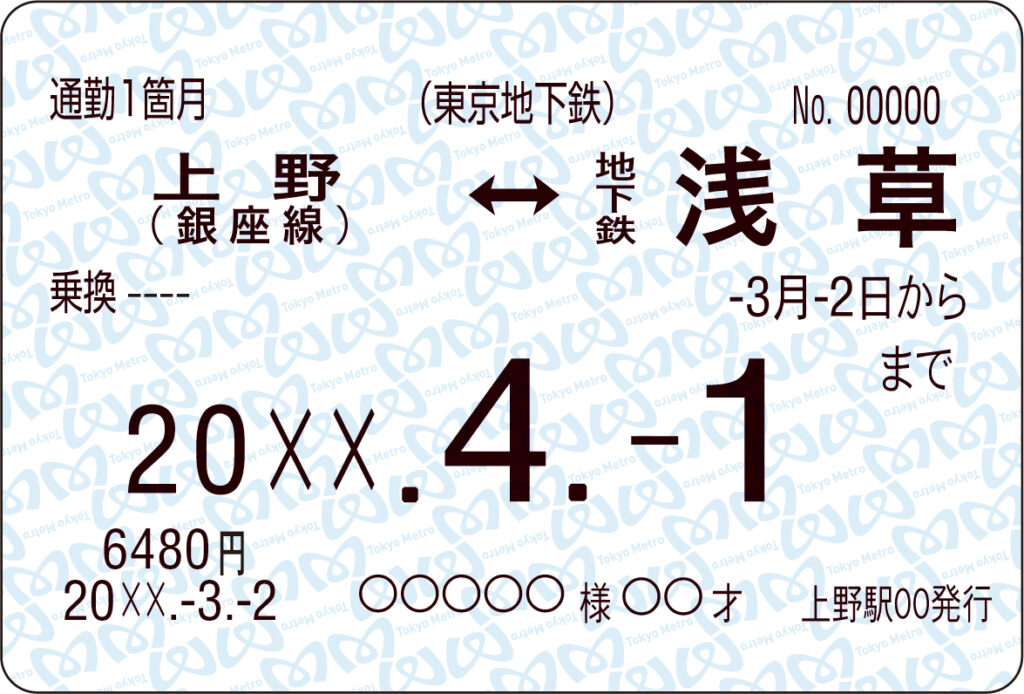 A student commuter pass.
A student commuter pass.
Image credit: Tokyo Metro
That said, student visa holders are not eligible for most JR pass purchases. Instead, you can get student commuter passes (定期券; teikiken), which lets you go on unlimited rides between the station nearest to your residence and school. If you take the train daily and cover a wide distance during your commute to school, the pass works out to be a pretty sweet deal.
12. Cycling around
 Image credit: Berto Macario
Image credit: Berto Macario
Bicycles are a fuss-free way to get around, especially if you’re based in rural areas where buses come infrequently. Consider getting them second-hand if you’re strapped for cash as brand new ones can cost upwards of ¥15,000 (~USD112.09).
Foldable bicycles are a practical option as you can fold and bring them onto trains if you’re moving to a new place or on a cycle tour.
After getting your hand on one, it is mandatory to register your bicycle (自転車防犯登録; jitensha bōhantōroku) to prevent bike thefts. The process costs around ¥500 (~USD3.74) and can be done at the time of purchase. To know more about the rules and regulations, check out our cycling guide here.
13. Shopping in Japan

Image credit: PR Times
In July 2020, a plastic bag fee was mandated nationwide in Japan. Since then, consumers have been required to pay a small fee for disposable bags when shopping at major retailers such as supermarkets, convenience stores, and department stores. A reusable bag is your trusty companion when it comes to helping you avoid wasting money and plastic.
Other than plastic bag charges, also look out for the consumption tax that will add to your final bill. In Japan, the tax for grocery items and takeout food is 8%, while other goods and services are subject to a 10% tax. The price tags will indicate if the listed price includes (税込; zeikomi) or excludes tax (税外; zeigai).
14. Getting a part-time job
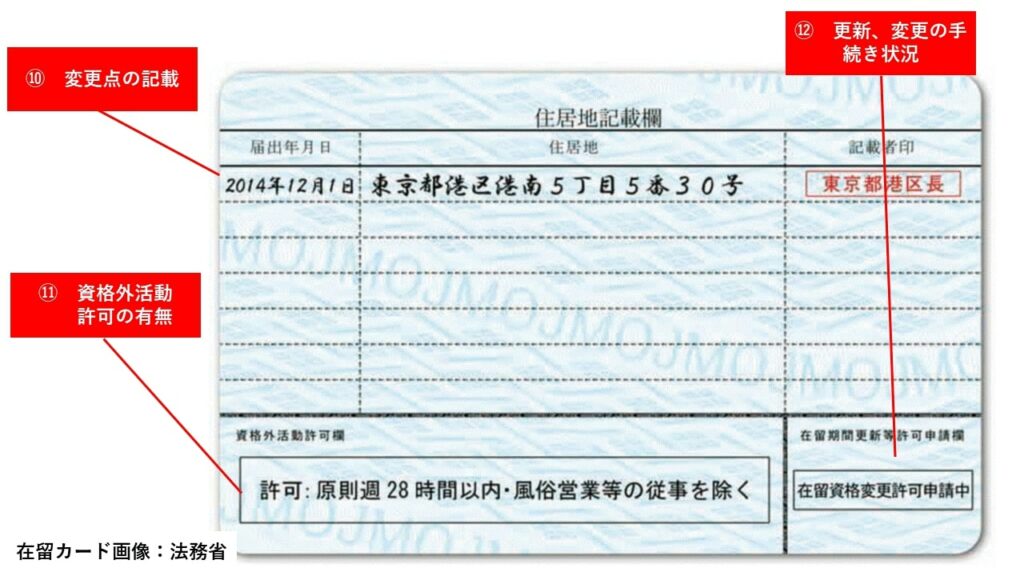 The “Permission to Engage in Activity other than that Permitted under the Status of Residence Previously Granted” stamp is on the bottom-left side.
The “Permission to Engage in Activity other than that Permitted under the Status of Residence Previously Granted” stamp is on the bottom-left side.
Image credit: Kanamori Immigration Law Office
Having a part-time job is a good way to fund your cost of living in Japan. However, before starting one, you have to first ensure that you have the legal rights to work in Japan.
When you first arrive in Japan, you will be asked by the immigration officer during customs clearance if you plan to work part-time. If yes, a permit (資格外活動許可; shikakugai katsudō kyoka) will be given in the form of a stamp on the back of your residence card.

Nagoya Regional Immigration Bureau
Image credit: Wikimedia Commons
Even if you have no plans to take on a part-time job, get the stamp at the airport. Involving paperwork and a trip to an immigration office near your residence, the process to apply for the right to work after you’ve left the airport is time-consuming and cumbersome.
Aside from requiring a permit, foreign students cannot work more than 28 hours per week during the semester, and 40 hours per week during school holidays.
Studying in Japan for foreign students
Now that you’re better informed about life as a foreign student studying in Japan, all that’s left to do is to take the first step to submitting your application. After that, go forth and have the time of your life.
For more guides about living in Japan, check out:
- Japanese hospitality
- Weird Japanese laws that are real
- Transportation in Japan
- Everyday mysteries in Japan
- Japanese shopping etiquette
This article was updated on 10th June 2022 by Xiu Ting Wong.
Cover image adapted from (clockwise from top left): Wikimedia Commons, PayPay, Sumitomo Mitsui Cardand Kyoto Seika University

Drop us your email so you won't miss the latest news.






